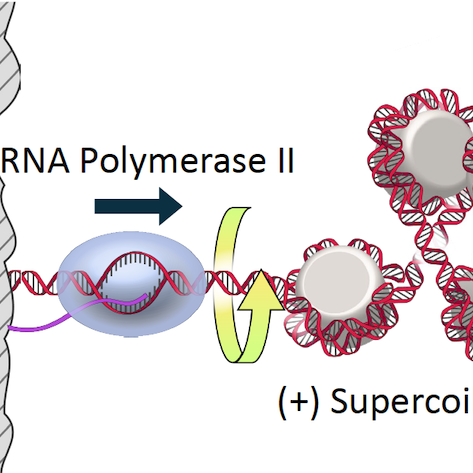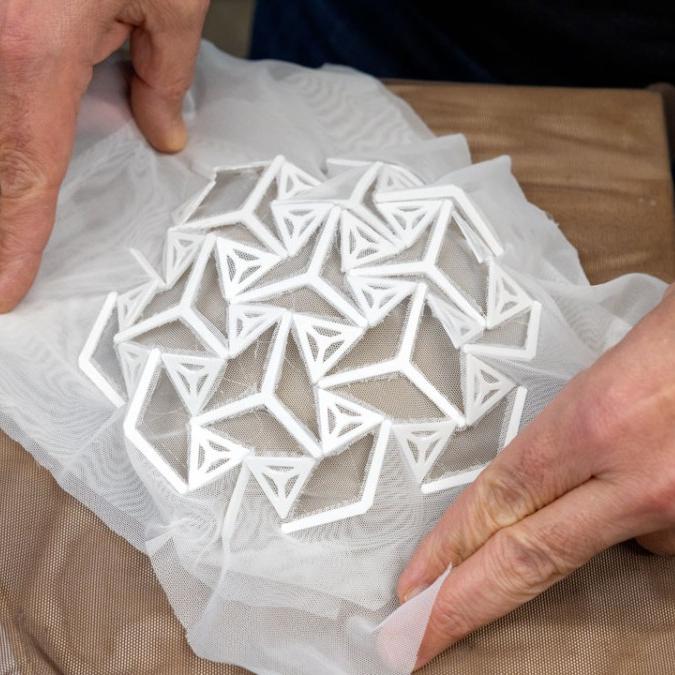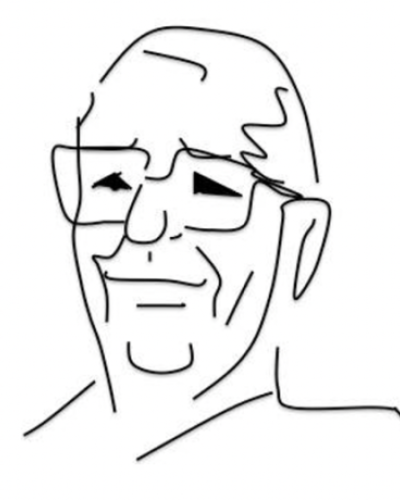John W. Wilkins, Ohio Eminent Scholar and Professor of Emeritus at Ohio State University passed away on December 6, 2019 in Columbus Ohio.
Born on March 11, 1936 in Des Moines, Iowa, he obtained a BS in Engineering at Northwestern University in 1959 and PhD in physics from the University of Illinois Champaign Urbana in 1963. John was a student of J. Robert Schrieffer.
After an NSF postdoc at Cambridge University, Wilkins was appointed assistant professor at Cornell University in 1964. He left Cornell as professor of physics in 1988 to become an Ohio Eminent Scholar and professor of physics at Ohio State University.
In his 53-year career in condensed matter theory, John had 45 PhD students, 59 postdocs, and 12 faculty visitors, and with students and colleagues published 303 papers. His knowledge spanned diverse areas including many body systems, the renormalization group, electronic structure, surfaces, magnetism, excitation phenomena, and transport properties.
When recently asked of his most significant accomplishment in physics, John responded “my students and postdocs”.
Wilkins was an elected member of the American Academy of Arts and Sciences, Fellow of the American Physical Society and of the American Association for the Advancement of Science, a Sloan and Guggenheim Fellow, and a Fellow at the Los Alamos National Laboratory. He served as an officer, advisor, councilor, editor, reviewer (lifetime award as an Outstanding Referee) and visitor for the American Physical Society, Department of Energy, national and company laboratories, and many universities in the US and Europe. His service in these roles was invariably tireless, highly perceptive and singularly effective, to the enduring benefit of the world-wide physics community.
In addition to his U.S. teaching and research, he made a long-term commitment to the Nordic Institute for Theoretical (Nordita) to establish a solid state physics program. John made many extended visits to the Bohr and Ørsted Institutes in Copenhagen and Chalmers University in Göteborg Sweden. There were many exchanges of professors, postdocs and students from Denmark, Sweden and Finland. Four of us (Herbst, Kukkonen, Smith and Lundqvist) participated in these exchanges which benefited our careers and led to many friendships and collaborations. John also made extended visits to the Institute for Theoretical at UCSB in Santa Barbara, California.
Professor John Wilkins left substantial bequests to both Ohio State University and Cornell University. At Cornell, it is expected that two postdoctoral fellowships--one theoretical and one experimental--will be endowed through his bequest and matching funds. There will be a John W. Wilkins endowed professorship at Ohio State.
Personal notes.
Carl Kukkonen, former student Cornell – Broad scientific curiosity is one of the most important things I learned from John. He emphasized that theorists should work closely with experimentalists, which I did with great benefit during graduate school and throughout my career. I particularly remember John interrupting many a speaker at the physics colloquium, asking them to please explain in simple terms the goal of their research and why it was important. John recognized that the speaker was going into detail much too quickly and if he was not rescued, the whole audience would go to sleep. I have often used this valuable lesson from John.
Jan Herbst, former student Cornell -- In addition to his inspirational enthusiasm for research, John’s generous and itinerant nature made it possible for me to visit places I would likely never have glimpsed otherwise. He took three of us graduate students along on his sabbatical in wonderful Copenhagen and Gothenburg, Sweden. John helped organize Nobel Symposium 24 (1973) in Aspenasgarden Sweden attended by nine previous and future Nobel Prize winners. We students were allowed to attend this premier event as drivers and slide projectionists. After I began a career at GM Research, John also facilitated participation in Nobel Symposium 46 (1979) and a six-month visit to the Institute for Theoretical at UC Santa Barbara, also indelible memories.
Prof. Henrik Smith, Niels Bohr Institute, Copenhagen, Denmark and Prof. Bengt Lundqvist, Chalmers University, Gothenburg, Sweden --John Wilkins made a lasting impact on theoretical physics in the Nordic countries over many years, starting in 1968 when Stig Lundqvist at Chalmers University invited him to spend half a year in Gothenburg. Thanks to funding by Nordita (Nordic Institute for Theoretical ) John managed to combine the visit with a stay at the Ørsted Institute in Copenhagen. His very direct, hands-on approach to doing theoretical physics, his sense of humour and his willingness to enter into any argument was a source of constant inspiration. John was the ideal person to shake up the different physics communities in the Nordic area, make them aware of each other’s work and start talking to each other. His broad view of physics, combined with his boundless energy, made him an extremely valuable member of the Nordic community.
Prof. Bob Buhrman and Prof. Jeevak Parpia, Cornell (experimentalist student mentees and colleagues) -- Throughout his long career John nurtured and encouraged numerous students and young colleagues. His infectious laugh, insatiable curiosity and unstinting willingness to provide highly perceptive advice and thoughtful guidance to everyone who sought him out had an enormous positive impact and lifelong influence on all of those who had the good fortune to pass within his orbit.
John’s broad range of interest, discerning eye, unabashed and forthright questions, and thoughtful and constructive criticism invariably made him the most valuable member of the numerous national and international advisory and review committees that he served on over the years, to the great benefit of the broad physics community. His tireless role in university governance and his seminal behind the scene efforts which led directly to the foundation of the Cornell High Energy Synchrotron Source (CHESS) that remains the preeminent national source for intense hard X-rays are just two examples of the extensive impact John had on Cornell during his time here.
The examples set by John’s selfless mentoring, enthusiastic engagement and broad service while at Cornell continues to help steer the course of physical science research here.
Image by Daniel Cox






